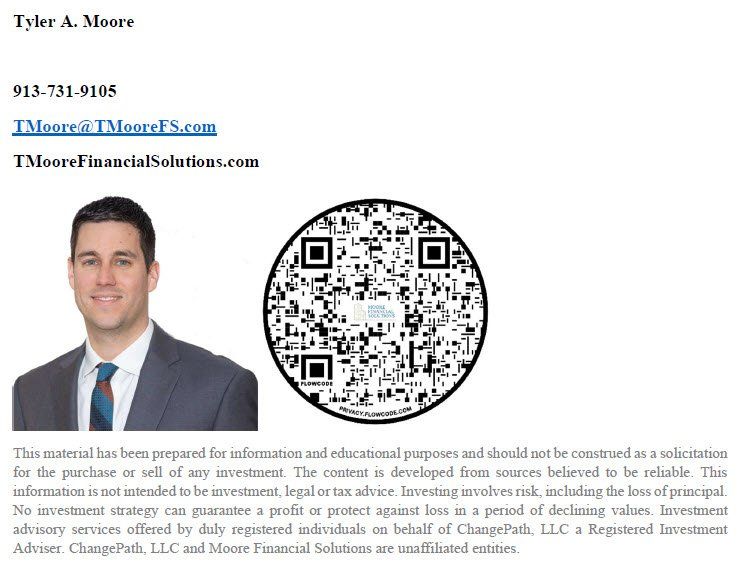Quarter four of 2021 provided the best quarterly gain for the year, sending the S&P 500 10.65% higher (Yahoo Finance, 2022). This productive quarter allowed the S&P 500 to move higher in all four quarters within 2021 (Yahoo Finance, 2022). The current low interest rate environment, coupled with a projected gradual increase in rates, continued the “only game in town” theme for stocks, confirming our theory stated in the last Moore Financial Solutions quarterly review. Moore F.S. continued to hold high quality stocks for clients in situations that would allow, and we remain optimistic on the longer-term outlook of United States equities. Q4 offered a slight increase to interest rates, as the 10-Year U.S. treasury moved from 1.487% to 1.51% (MarketWatch, 2022). This modest move higher offered the benefits of higher rates, without the growing pains associated with rapid increases in rates. We consider higher rates a benefit to holders of fixed income in the long-term. This quarterly review will detail how interest rates are determined and how that plays a role within your investment goals. Additionally, we’ll review Federal Reserve policy, Moore F.S. holdings and our 2022 outlook.
We continue to pay significant attention to interest rates. The companies Moore F.S. invests in have a significant ability to make advances when interest rates are low. Just like your household, companies can refinance or make capital improvements at a lower interest rate, reducing the overall cost of these advancements. We would go as far as to say that it may be inefficient for these companies to pay “out of pocket” to make an investment instead of finance the improvement, given the relationship between interest rates and inflation. With interest rates so low globally, it becomes hard for portfolio managers to find safe, low risk income. Short term portfolios may look to the 10-Year treasury or similar investments to provide safe, low risk income. When significant demand is seen at auction for the 10-Year treasury, the yield decreases. By contrast, as the demand decreases, the yield will likely rise. Moore F.S. believes the 10-Year treasury can be a flight to safety in turbulent stock market moments. With the Federal Reserve potentially aiming for interest rate increases, the 10-Year treasury yield will likely rise. If 10-Year treasury yields increase while global interest rates stay low (or negative), demand for treasuries will likely keep a lid on interest rates, as yield hungry investors demand more purchasing at auction. It would be foolish to begin to predict the overall trajectory of rates, so we plan to avoid this prediction. Moore F.S. believes the Federal Reserve has hinted towards rate hikes within 2022. The goal of the Federal Reserve is to not let the economy overheat and to keep a healthy level of inflation. In Q4 of 2021 we have witnessed the Federal Reserve become less confident that inflation is “transitory” and more prepared to make policy change to reduce the risks of inflation. In portfolios where Moore F.S. clients cannot own equities entirely, bonds can offer a portfolio decreased volatility despite having interest rate risk.
Prior to 2008, the Federal Reserve allowed the 10-Year treasury rates to hover around 5% (MarketWatch, 2022). On November 3rd, 2021, Jerome Powell discussed the near-term plan to taper the rate of asset purchases (New York Times, 2021). This was predicted in the last Moore F.S. quarterly review. This tapering of asset purchases started the process of the Federal Reserve getting back to a more normal level of monetary policy. Moore F.S. believes the Federal Reserve will likely increase rates multiple times in 2022. This movement will position interest rates to better handle inflation and recreate an emergency valve for the economy by allowing interest rates in the future to be reduced in a financial emergency. Currently, with rates so low, there isn’t much “dry powder” for the Fed to use in terms of interest rates decreases. In our opinion, the lack of ability to lower rates more, and other factors, created the usage of direct stimulus payments to individuals which may have sparked inflation. We remain optimistic in the Federal Reserve to implement subtle policy change and avoid quick reaction, something both stock and bond holders would appreciate.
In our Q1 2021 review, published in April of 2021, we mentioned the addition of equity holdings that we thought would benefit from public spending, low interest rates and a healthy consumer. In April we added three positions to each client’s account. These positions included Global X US Infrastructure Development ETF (PAVE), Builders FirstSource Inc. (BLDR), & Columbus McKinnon Corp. (CMCO). Moore F.S. plans to keep a close eye on these holdings throughout this quarter and potentially sell the positions, especially ones that have increased rapidly. Accounts created at Moore F.S. in 2021 may not hold the previously mentioned positions.
With a new year comes new goals and strategies for many individuals. For Moore F.S. the new year includes a continued strategy to manage each account on an individual level and include personalized management for each client. In a recent MarketWatch article, J.P. Morgan analysts offered a 2022 S&P 500 closing price estimate of 5,050 (MarketWatch, 2021). If this prediction is correct, a closing price at that level would represent an annual increase of just under 6%, with the S&P 500 closing 2021 at 4,766.18 (Yahoo Finance, 2022). Moore F.S. believes 2022 will be a more turbulent year than 2021, as the Federal Reserve attempts to thread the needle by increasing rates enough to be effective but not send panic through equity markets. We believe the Federal Reserve will increase rates two times in 2022 with each increase consisting of 25 basis points (.25%). We feel that broad consumer strength will be high, company earnings will continue to grow, and stockholders will benefit from exposure to high quality U.S. companies. We estimate earnings growth will not be as significant in 2022 as it were in 2021. 2022 might remind equity investors that, in order to get long-term returns, one must accept near-term volatility. By contrast, predicting a not so fruitful year and missing out on returns, like the ones just posted by 2021, could be more costly. This reflects the buy and hold strategy we outlined in the last quarterly review.
In closing, I want to take a moment to wish you and your family a Happy New Year! It is with great pride that I continue to act as a fiduciary to manage your financial goals in life. I’d like to remind you that I am always available to answer any financial questions you may have, even beyond any questions regarding the assets that Moore F.S. manages. I’d like to offer you my services when it comes to allocating other assets you may have, such as your employer-based 401k plan, for example. If your plan isn’t managed by us, I would be happy to just confirm your holdings are in the most prudent funds, as a value add. I continue to offer life insurance, disability insurance, and long-term care insurance for you and your loved ones. Moore F.S. will never be high pressure about these conversations, but instead will take the approach of education regarding these levels of defensive financial positioning, such as life insurance. The beginning of 2022 serves as an opportunity to remind you that I believe in you and your goals and am excited to move into the next year of our strategy. I strive to continue to offer you cutting-edge trading and reporting through the platform, while personally empowering you to continue to move forward! Whether you’re moving forward for yourself or your family, I’d like to remind you of a quote from Warren Buffett,
“Someone is sitting in the shade of a tree today because someone planted a tree a long time ago.”






